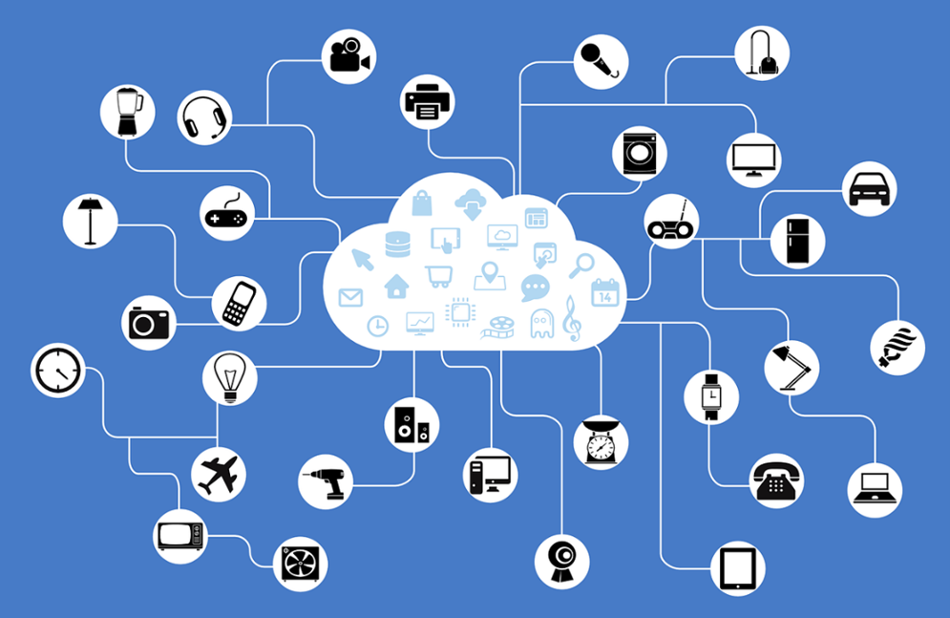It is estimated that there will be more than 41 billion IoT devices by 2027. Indeed, IoT systems and solutions continue to advance rapidly, and providers will need to meet the growing needs of companies and consumers.
This innovation comes with risks for providers and end-users. Companies looking to invest in the development of IoT devices, and especially medical devices, often lack the design and security expertise to guarantee high levels of security in the final products.
That is why IoT device and security consultants like Voler Systems are a big advantage for both startups and seasoned companies looking to build their next medical device.

Source
IoT security is the protection of Internet of Things devices from external attacks. While stakeholders are aware that they need to protect their devices, the security risks related to IoT devices are complex, and their protection is often neglected.
Here are the Top Security Issues for IoT Devices
Lack of Compliance
IoT devices come out regularly, with many having undiscovered vulnerabilities.
For instance, fitness trackers with Bluetooth can remain visible after pairing, a smart refrigerator exposes Gmail login credentials, and a smart fingerprint padlock is accessible with a Bluetooth key that has the same MAC address as the padlock.
Additional security risks in IoT devices from manufacturers include:
- Weak, guessable, or hard-coded passwords
- Insecure data transfer and storage
- Hardware issues
- Old and unpatched embedded operating systems and software
- Lack of a secure update mechanism
User Issues
This issue is in the form of knowledge and awareness because some people still do not know much about cybersecurity. So, a major IoT security risk and challenge is the user’s lack of awareness of the IoT functionality, putting everybody at risk.
For example, a weak password can be easily hacked by automated hacking tools. Users should not be allowed to leave the default password unchanged.
Device Update Management
While manufacturers sell devices with the latest software updates, it is inevitable that new vulnerabilities will occur. Updates are vital to maintaining security on IoT devices. They must be updated as soon as vulnerabilities are discovered.
Unlike smartphones or computers that get automatic updates, some IoT devices are used for years without the necessary updates.
Hacking
In reality, any device connected to the Internet is at risk of hacking. The sheer amount of important data hackers can steal from insecure IoT devices is astounding. Hacked IoT devices allow attackers to access their files and functions.
Hacking a simple IoT device can give access to a company’s internal network, compromising important data or processes that are unrelated to the IoT device.
Cybercriminals can also utilize huge numbers of infected devices in networks called botnets. These botnets are used for various things, though they are best known for their use in DDoS (Distributed Denial of Service) attacks. In 2016, a botnet attack brought down some of the biggest sites, including Reddit, Netflix, and Twitter, using a DDoS attack.
How to Maximize IoT Device Security
With IoT, data is constantly on the move. It is either being transmitted, stored, or processed at any given time.
A good guide to cybersecurity is the recommendations for medical devices. This article explains the key cybersecurity features in good medical device design. You may choose not to do all of this, but it shows what is best practice.
Electronic product designers like Voler Systems help organizations proactively manage security risks associated with IoT devices. Voler offers device manufacturers services to help build in security at all phases of the product development lifecycle. Pre-market technical testing can detect vulnerabilities and provide results that help to establish an organization’s overall security risk management program.
Due to the growing market for IoT devices, it’s understandable that manufacturers are eager to pump out large numbers of them, making security an afterthought. Voler Systems specializes in developing specifications from your ideas, creating innovative IoT device designs, sensor integration, and producing high-quality wireless products. Voler’s team can take on complete responsibility for all aspects of the development of your IoT device or share the responsibility with your in-house team.

About Voler
Located in Silicon Valley and with more than 40 years of electronic design experience, Voler Systems continues to be a leading custom product design consulting company providing highly experienced electrical engineers and firmware developers. Voler Systems ensures delivery of quality products, on time, on budget, and with low risk. All projects are undertaken with good specifications, the right people, quality design, constant communication, and a smooth transfer to manufacturing.